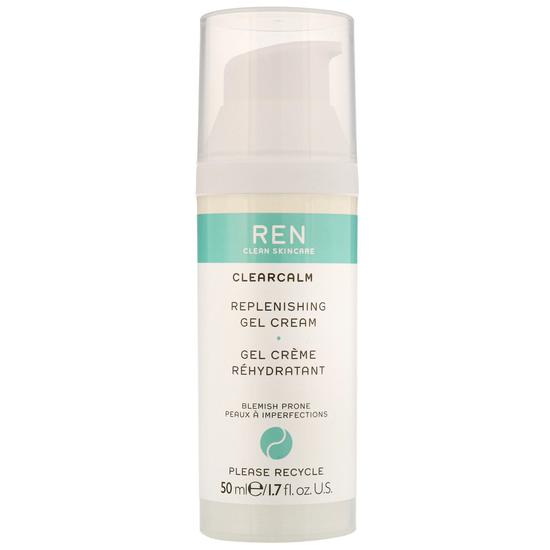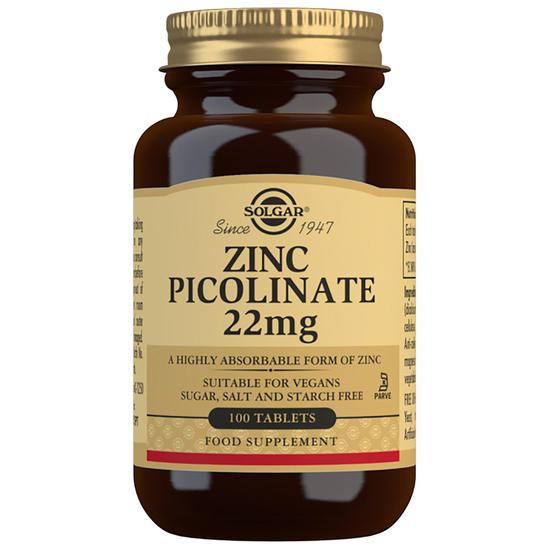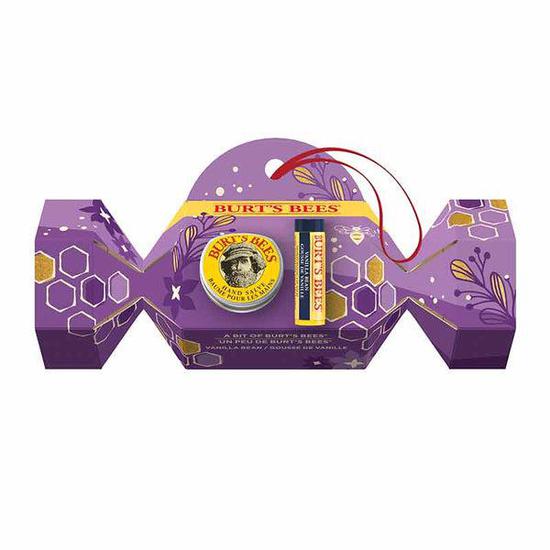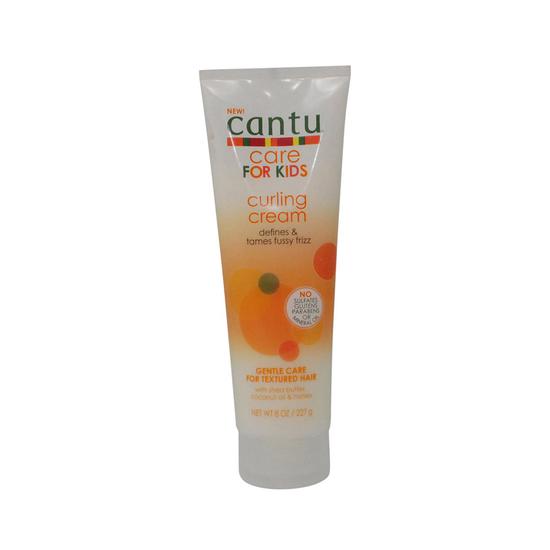
- Beauty Glossary
- Stearic Acid
Stearic Acid Skincare Products
Stearic acid may sound intimidating, but it's actually a really common ingredient that is found in hundreds of hair and skin care products. This plant- and animal-derived waxy substance is used as both a thickening agent for lotions and shower gels, as well as a hardening agent for soaps and candles.
See our stearic acid guide to answer your questions like how is stearic acid made and what is stearic acid used for.
Refine By
Brand
Sunscreen & Self Tan
Fragrance
Skin Care
Makeup
Hair Care
Body Care
Wellbeing
Men's Grooming
Nails
Sort By


Frequently Asked Questions about Stearic Acid products
How is stearic acid made?
Stearic acid goes through a heating and pressurizing system before being placed into boiling water. This process takes place inside a distillation machine. The clever and innovative device catches the steam that is given off from boiling the fatty acid and carries it through to an array of chilled coils.
The chilling process causes the stearic acid to condense before then becoming a liquid. Once cooled further, the acid becomes the waxy solid substance found in soaps and other skin care products.
What is stearic acid used for?
Traditionally, this fatty acid is used as a thickening and/or hardening agent for cosmetics. You'll primarily find this nifty ingredient in bars of soap due to its ability to harden the other ingredients, making the bar solid.
But the uses don't stop there: stearic acid is also known for its cleansing properties. As it's a surfactant, it has the ability to lower the surface tension of oils, allowing water to combine with oil molecules and lift them away from your skin and hair.
Where is stearic acid found?
This clever acid can be derived from the fats and oils in plants and animals, although animal fats boast a typically higher percentage of stearic acid. But don't worry, this extract goes through a vigorous process before it makes its way into your cosmetic products.
What are the benefits of stearic acid beauty products?
Stearic acid brings an array of cleansing properties to skin care products, making it particularly useful as a cleanser. Its intelligent nature lifts away unwanted oils and sebum from the skin for a truly thorough cleansing experience.
Is stearic acid vegan?
This popular ingredient is often found in natural skin care products as an alternative to chemical sources, but that doesn't always make it safe to use for vegans.
Usually, stearic acid is sourced from animal fats as they contain a higher percentage of the acid than plants, making it unsuitable for vegans. However, there are some strains of stearic acid that are sourced purely from plant-based properties, so be sure to always check the ingredients list.
What other names can stearic acid be shown as in product labels?
Sometimes ingredient lists will name the source as stearic acid, but you may often find it labeled as any of the following: Century 1240, cetylacetic acid, Emersol 120, Emersol 132, Emersol 150, Formula 300 and Glycon DP.
What other ingredients or products go well with stearic acid?
Stearic acid works incredibly well with any cream, lotion or body butter formulation as it creates a thick and rich texture. But don't worry, you don't need to do the mixing as this is almost always already done by the scientists behind our favorite cosmetic brands.
Are there any negative side effects of stearic acid beauty products?
It has been confirmed by the US Food and Drug Administration that it is fine to use stearic acid topically within skin and hair care products, although sufferers of sensitive skin may want to be a little more careful. As with everything, it is best to use in moderation and listen to your skin's demands.
































































































